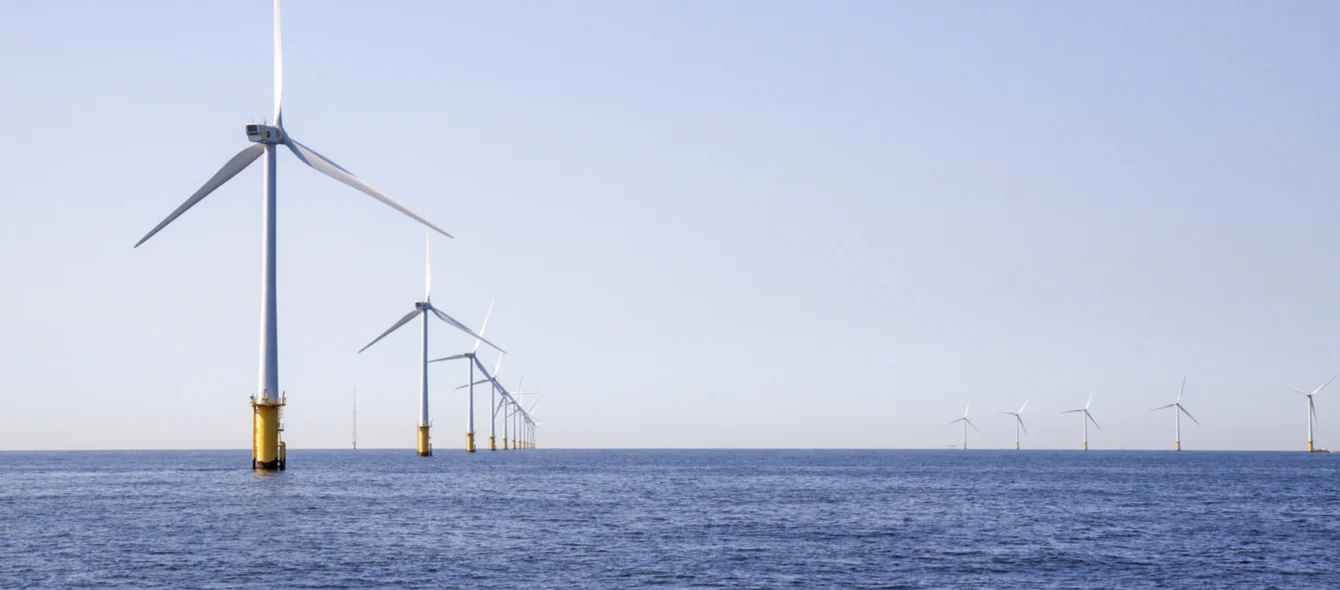In its European Union 2020 Energy Policy Review, published in June, the International Energy Agency (IEA) picked out the electricity sector for praise, noting that total EU greenhouse gas emissions (GHG) fell 17% between 2005 and 2018, leaving them 23% lower than in 1990.
Three key drivers of the reduction have been energy efficiency, renewables and fuel switching, with the IEA highlighting in particular the role played by wind power. Wind is rapidly becoming the EU’s largest renewable energy source, mostly driven by offshore wind farms, an area where the EU has taken “global leadership”, the agency said.
Emissions intensity
The EU’s electricity sector stands out by international comparison, according to the report. Its emissions intensity – how much carbon is produced for each kWh of electricity generated – was just 270 gCO2/kWh in 2018, compared with over 400 gCO2/kWh for the US, over 500 gCO2/kWh for Japan and about 600 and 700 gCO2/kWh, respectively, in China and India. In 2019, the EU’s emissions intensity fell to just 235 gCO2/kWh.
The IEA also noted the resilience of the EU’s Emissions Trading System (ETS), saying it has withstood the oversupply of carbon allowances created by the Covid-19 pandemic, thanks to the Market Stability Reserve, a mechanism for removing surplus allowances from the system.
Lagging sectors
However, the agency warned that progress had not been even across sectors, noting that the rate of energy efficiency improvement has slowed and that the EU was not on track to meet its 2020 target in this area. It also noted that while Covid-19 will affect emissions significantly from the transport sector, up until the end of 2019, emissions from transport, and particularly aviation, were on the rise, while those from buildings, which account for 40% of total final energy consumption in the EU, had also rebounded.
The IEA says a much bigger shift in transportation is required to meet the EU’s 2030 targets. In particular, a “substantial” part of the 75% of freight carried by road needs to move to rail and inland waterways. Moreover, there needs to be 1 million public recharging and refuelling stations by 2025, to support zero and low emissions vehicles, rising to 3 million by 2030.
The IEA also warned that despite the rise of renewable energy capacity, the EU is not yet on track to see renewables’ share of the energy mix reach 32% by 2030. It noted with concern that EU investment in renewable energy is expected to fall by one third this year, in comparison with 2019, and called on the EU to use its resources to sustain investment in the sector.
Boosting recovery; boosting climate action
The agency says that there is significant scope to combine energy transition and Covid-19 recovery spending, recommending that the EU focuses on removing remaining barriers to clean energy investment. The European Green Deal (EGD), announced last year by the European Commission, offers a major opportunity, according to the agency. The EGD has the potential to fast-forward technology investments needed for long-term decarbonisation, which, the IEA says, will smooth the costs of climate change mitigation over time.
The IEA said that EGD and short-term recovery funds should be focussed on energy efficiency, in particular recommending a large-scale programme of building renovation as this would boost jobs in manufacturing and construction, for small and medium-sized enterprises, while also saving consumers money and reducing GHGs. The IEA also argues that the current period of low fossil fuel prices is an opportunity to phase out fossil fuel subsidies and reform energy prices and taxation to favour low carbon energy. Notably, it says high levels of taxation on electricity should be abolished and fixed network charges reformed.
EU energy source growth rates (in % per year; 2017)
Source: IEAPhoto credit: shutterstock.com, Roel Slootweg
